Keep your furry friends safe by choosing houseplants for your home that are nontoxic to them. These plants will add color and texture to your decor while keeping your cats and dogs safe and happy.
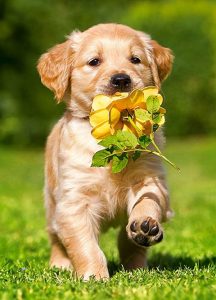
While houseplants have the ability to add lushness and color to a room, many species can be toxic to pets that may decide to munch on a leaf or two. Luckily, there are a number of plants that can add beauty to your home without posing a threat to your pets. These 15 species are technically safe for cats and dogs, but it’s still best to eliminate temptation and place all houseplants out of reach. If your pet ever does nibble on a plant, even one unlikely to cause health issues, make sure to watch closely for any signs of a negative reaction. Just because a plant is non-toxic doesn’t mean it won’t cause a tummy ache, should your pet decide to snack on it.
1African Violet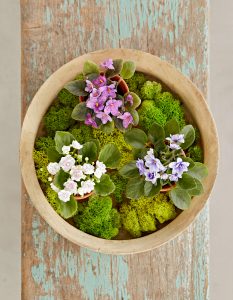
Want houseplants that are pet-friendly that also produce gorgeous blooms? Look no further than African violet. It comes in a range of purple and pink hues, is low maintenance, and thrives without bright light. Keep the soil moderately moist, and water African violets by letting them soak up water through the pot’s drainage hole to avoid damaging the leaves and petals. This flowering houseplant can brighten up even the smallest spaces because it stays less than 12 inches tall.
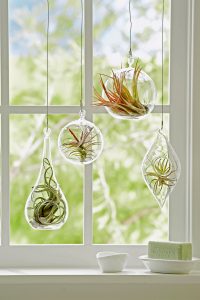
2Air Plant
Tillandsia varieties make excellent pet-friendly, low-maintenance houseplants because they don’t need any soil to grow. Most air plants will stay smaller than 12 inches, and they thrive in bright, indirect light with a quick soak in water about once a week. However, cats and dogs alike will find their spindly, grass-like leaves tempting to chew on so make sure you keep them out of reach.
3Aluminum Plant or Watermelon Plant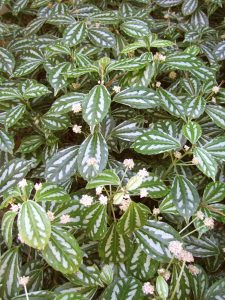
The variegated gray-and-green leaves of aluminum plant (part of the genus Pilea) make it an attractive, pet-safe houseplant. It stays shorter than 12 inches, grows well in medium to low light, and only needs water when the top inch of soil is dry. Since it tolerates low light, you can grow it almost anywhere that’s out of reach of your furry friends.
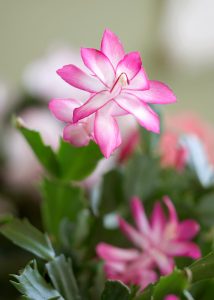
4Christmas Cactus
Unlike its dangerous holiday counterpart amaryllis, Christmas cacti are non-toxic plants to have around curious cats and dogs. You still shouldn’t let your pets chew on it (Christmas cacti can cause intestinal discomfort if eaten) but overall it’s a safer choice than many other festive plants. Christmas cacti can easily be confused with Thanksgiving cacti, but both are safe for pets and have similar care requirements. Both cacti stay relatively short (under 12 inches), but can spread up to two feet, and grow best with regular waterings and bright, indirect light.
5Some Varieties of Ferns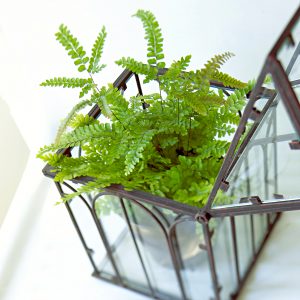
Identifying ferns can be a bit tricky, as there are several plants with the word “fern” in their name that are not actually part of the fern family. True ferns such as Boston and maidenhair are fair game as indoor plants safe for pets. Just beware of toxic misnomers like asparagus fern, which is actually part of the lily family. Though their size can vary, most ferns have similar needs: They like indirect light, evenly moist soil, and high humidity.
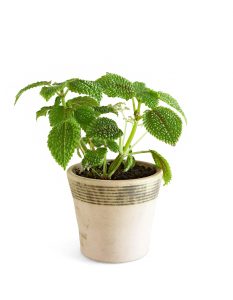
6Friendship Plant
The friendship plant (which is closely related to aluminum plant) is named for the ease with which it can be divided and shared. If you get one as a gift, rest assured it’s safe for your cats and dogs, even if they take a bite out of this plant’s fuzzy, crinkly leaves. Friendship plant tolerates medium and low light, loves humidity (it grows well in terrariums), and usually doesn’t grow taller than 12 inches.
7Some Herbs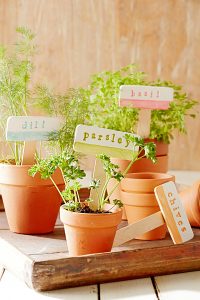
Indoor herb gardens are an easy way to add fresh flavor to your home cooked meals. But not all herbs are created equal when it comes to pet safety. Standards like lavender and oregano are off-limits, but basil, sage, and thyme are all houseplants that are pet-friendly. Place herbs in a sunny window that gets at least four or five hours of direct sunlight every day, and water when the top inch of soil is dry.
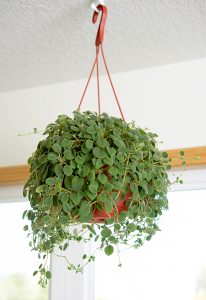
8Lace Flower Vine or Chocolate Soldier
Pretty lace flower vine is an easy, pet-friendly houseplant that grows best in hanging baskets, well out of reach of your cat or dog. But should an extra-persistent pet make their way into the pot, no harm will be done. Hang this pretty plant in a spot with bright, indirect light, and water whenever the soil starts to feel dry, and its trailing stems will grow to about three feet long.
9Lipstick Plant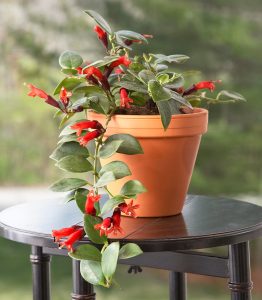
This quirky plant has blooms that look like tubes of lipstick, and is safe for cats and dogs alike (other members of the Peperomia family are, too). A native of the tropics, lipstick plant thrives in bright light and loves being outside in the warmer months. It can grow up to 20 inches tall and likes to have consistently moist soil, so don’t forget to water!
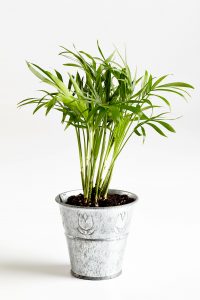
10Parlor Palm
Pet owners looking to add a small tree indoors may want to pick up a parlor palm. This pet-friendly, low-maintenance houseplant is also a good starting point for beginners. It grows best in bright, indirect light, but also tolerates low light. Water when the top inch of soil is dry, and your parlor palm could reach up to eight feet (though four feet is more common).

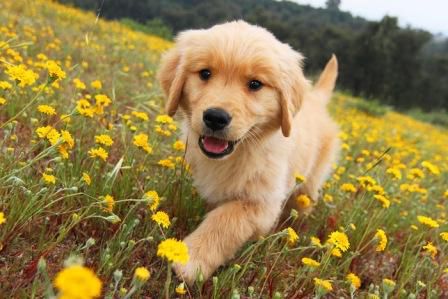


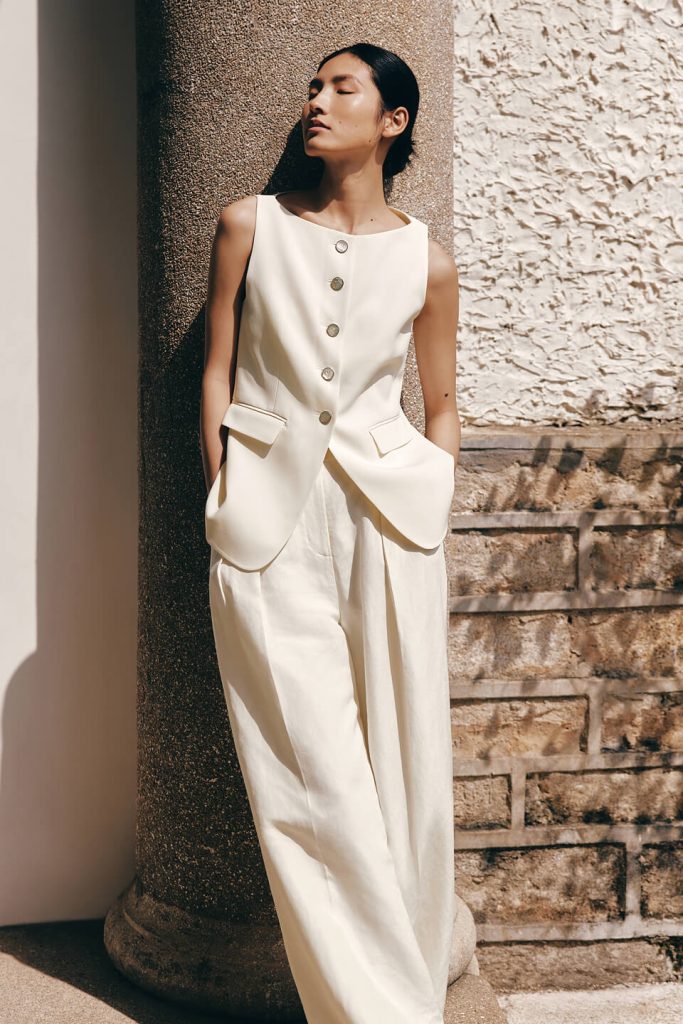


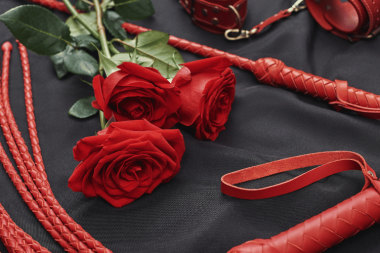


Leave a Reply